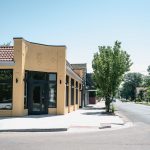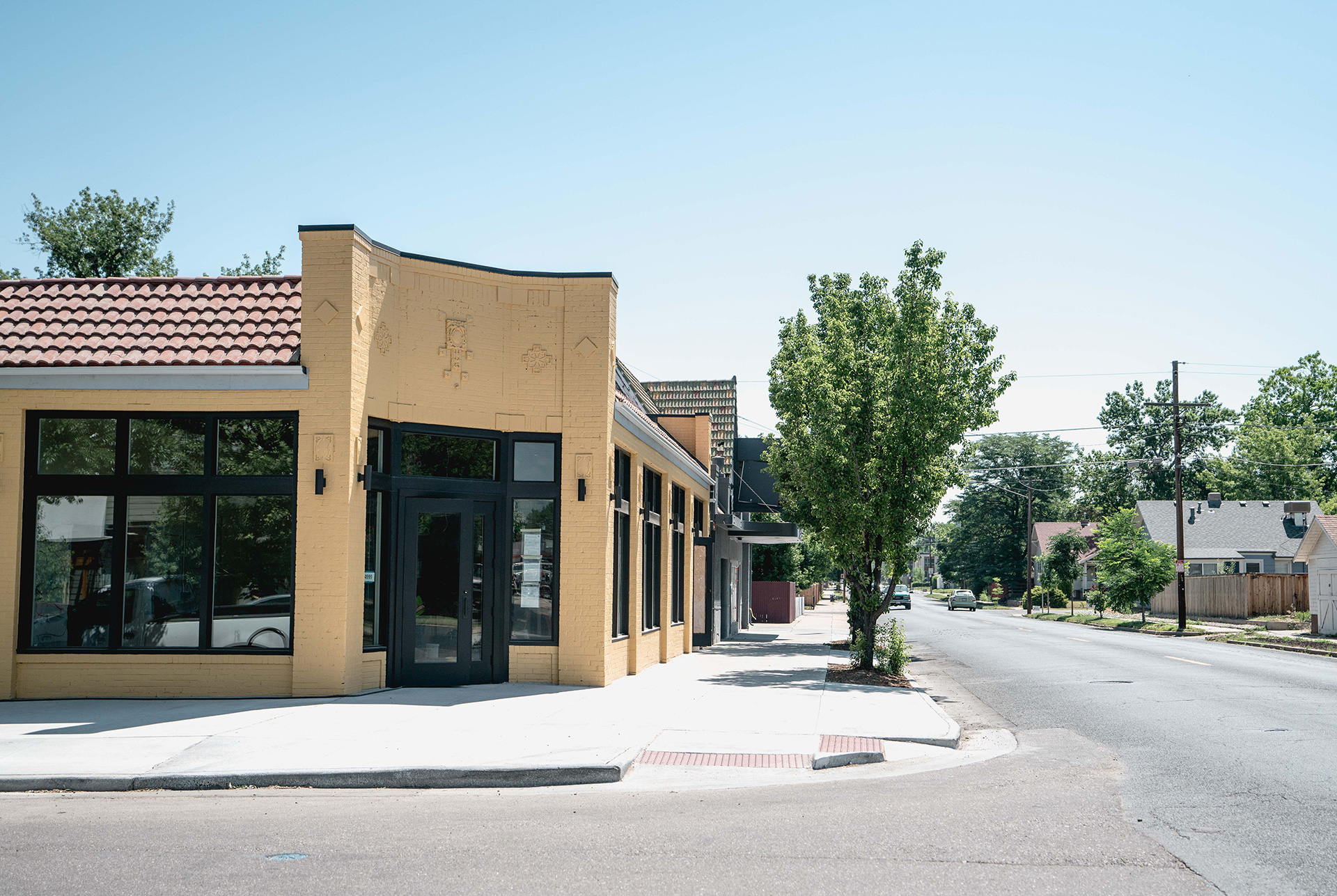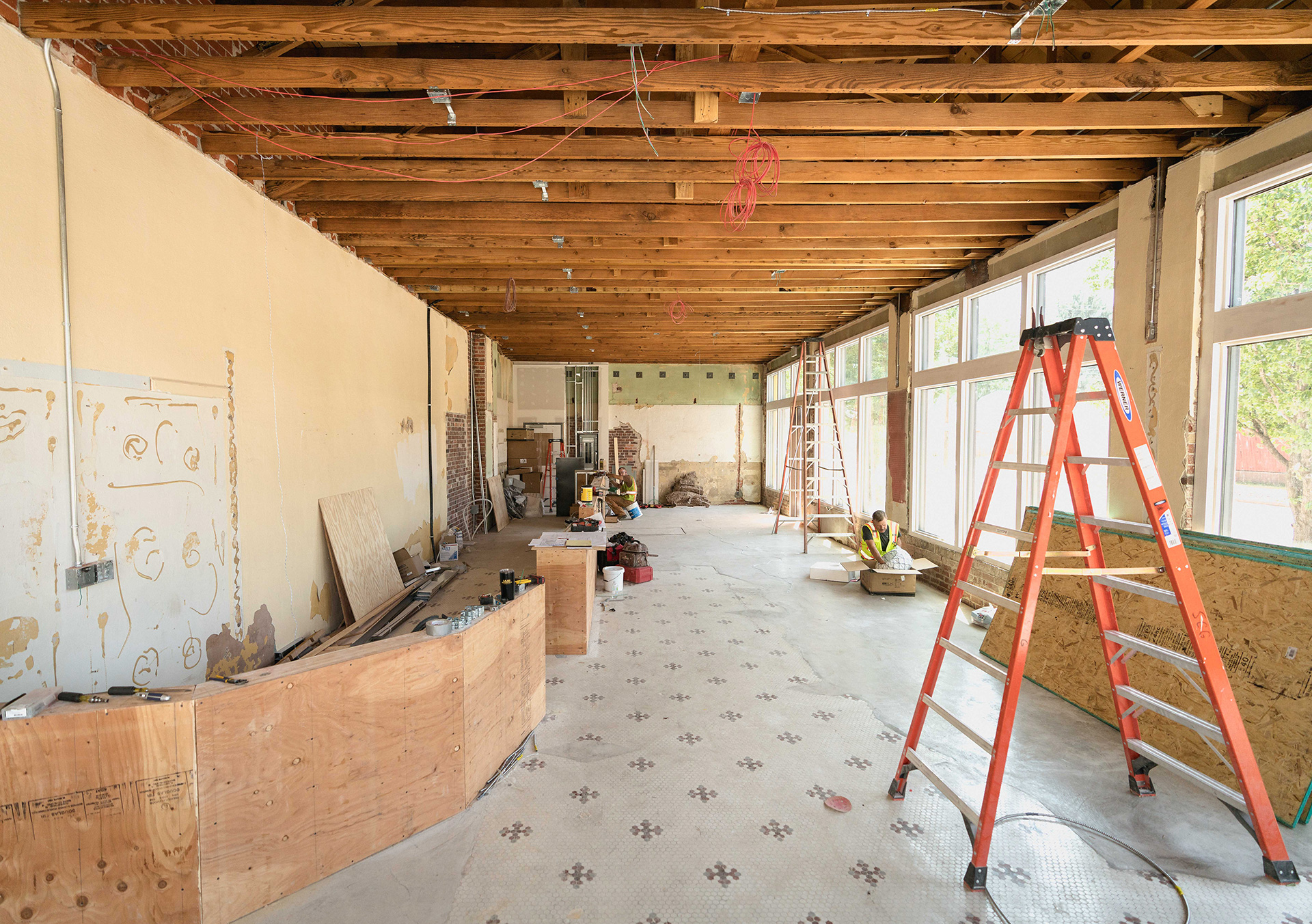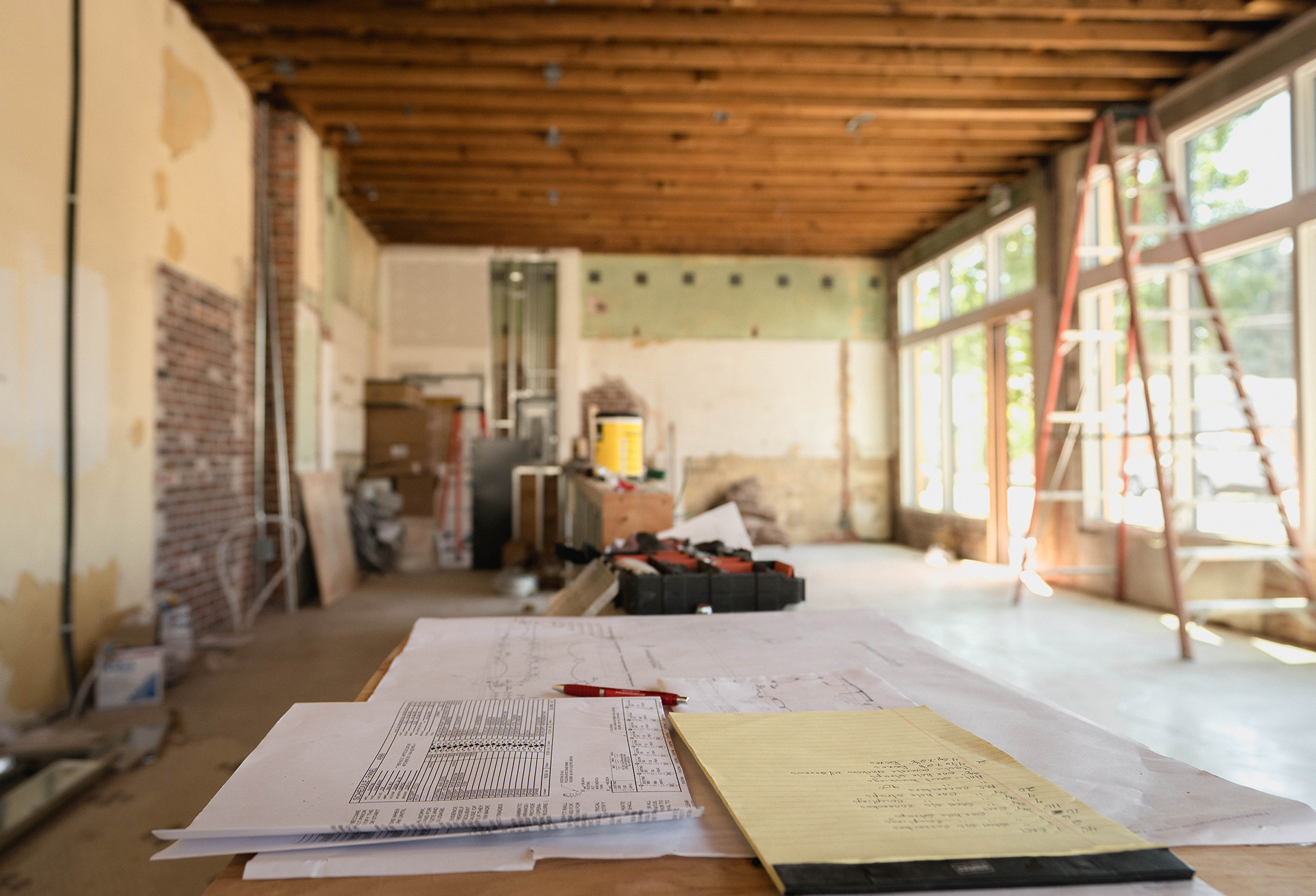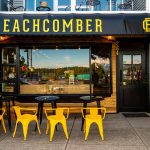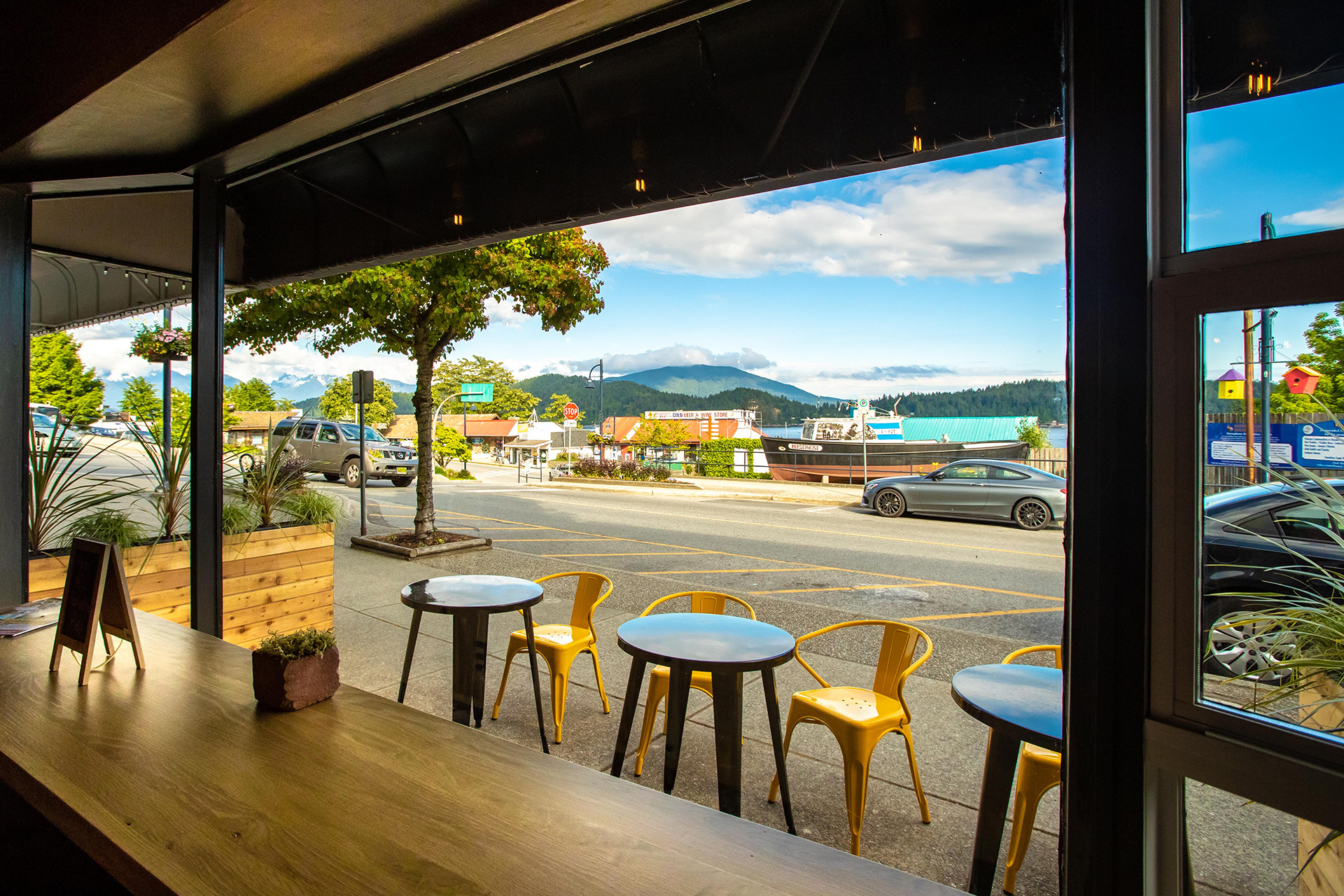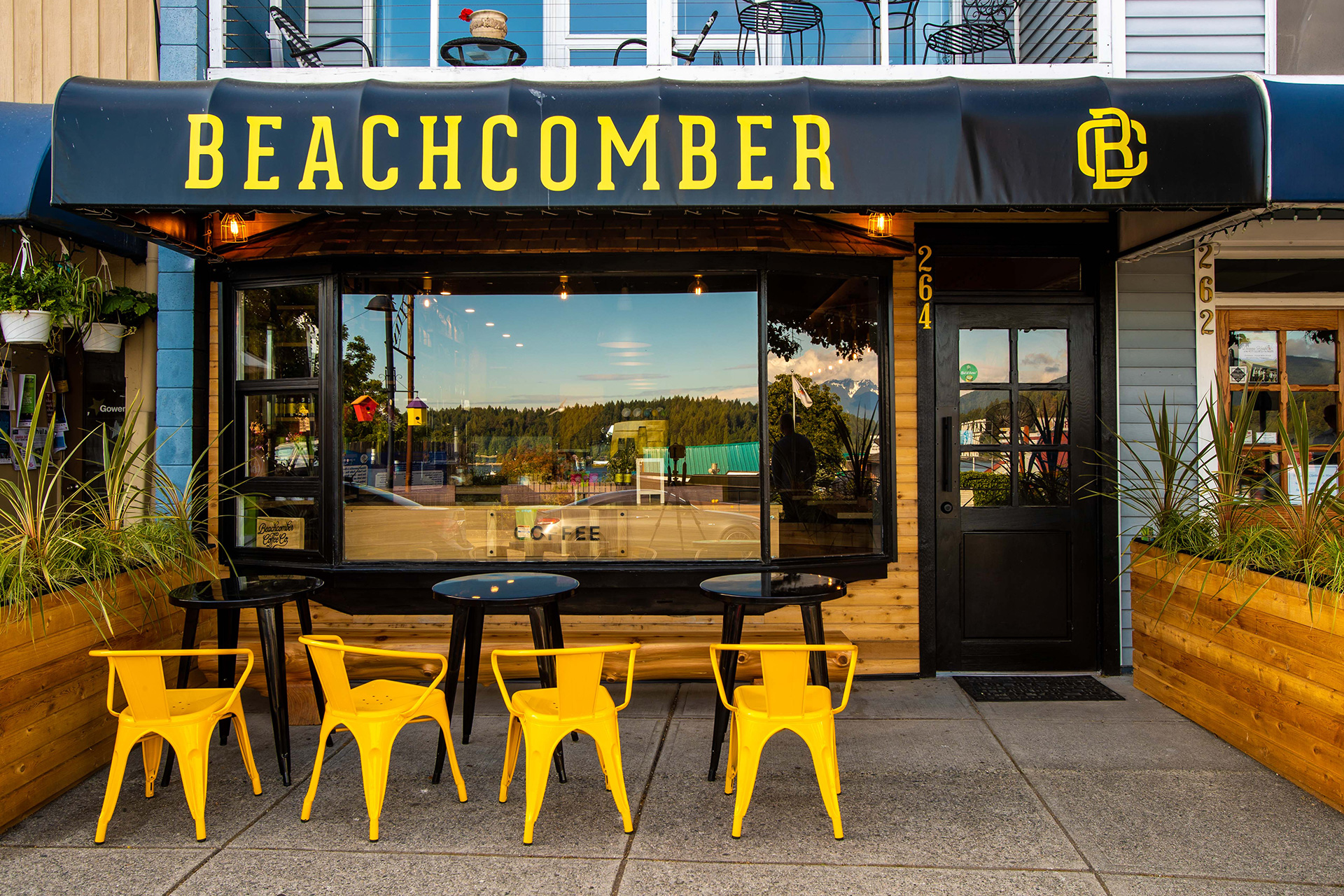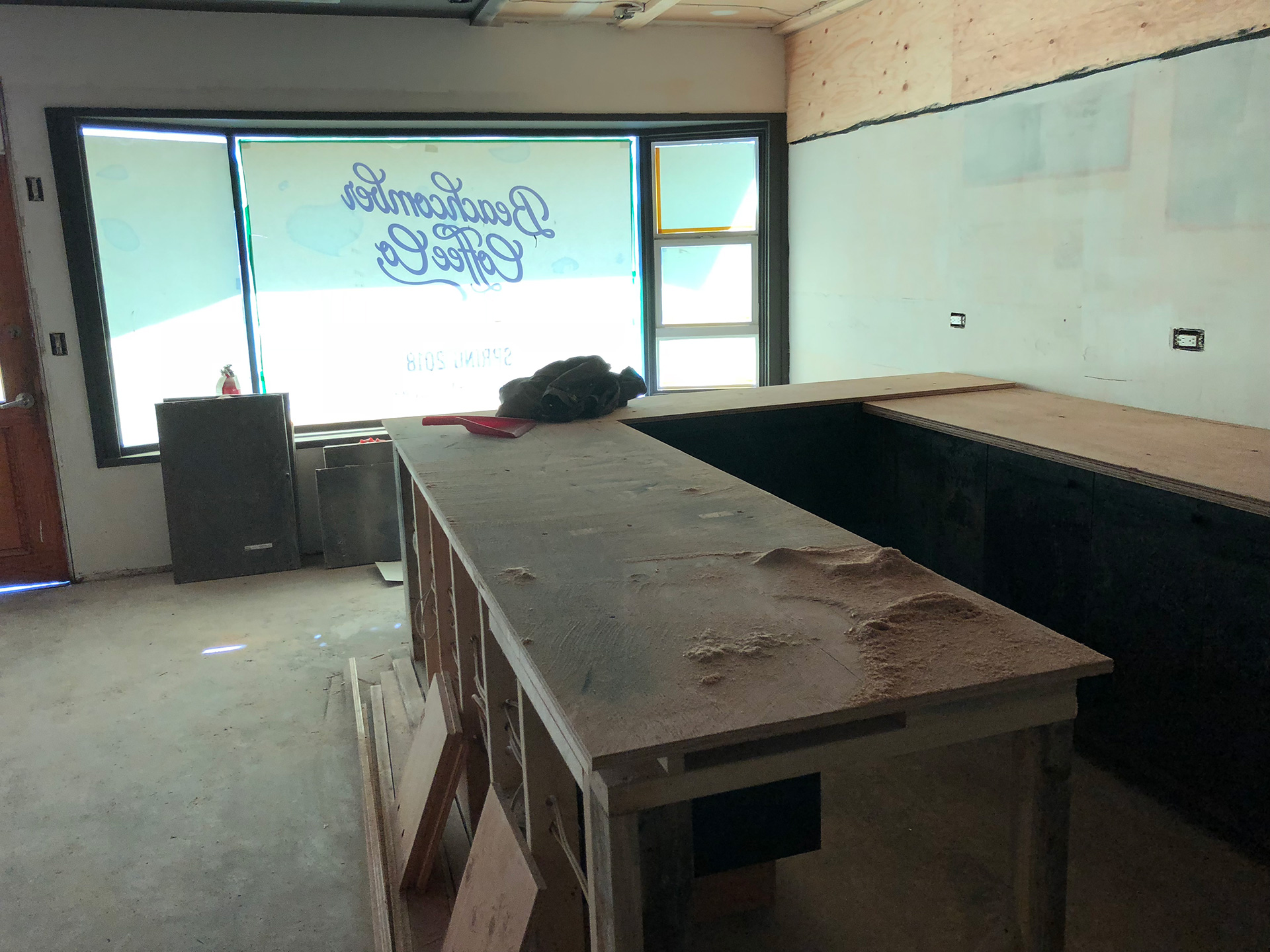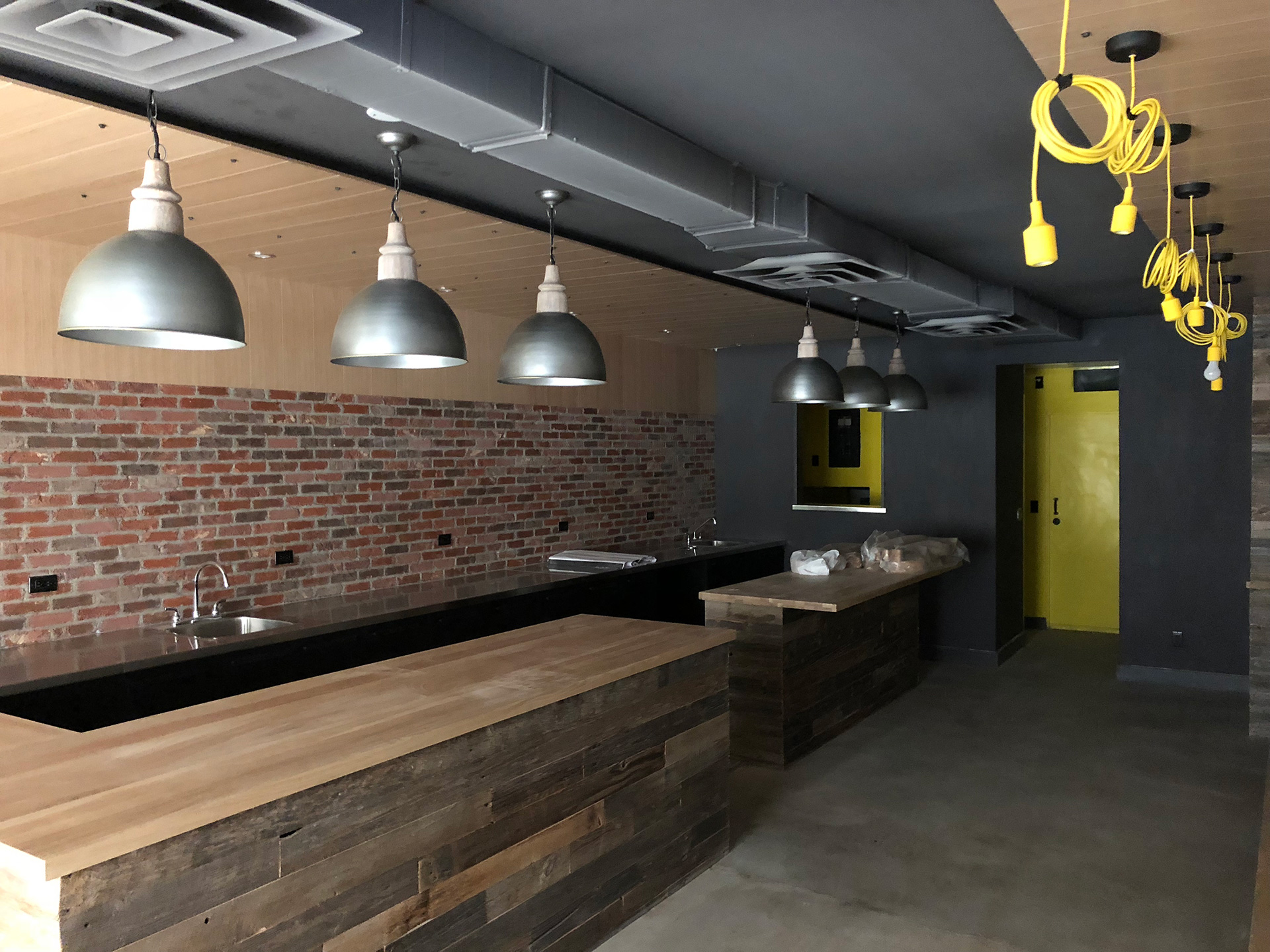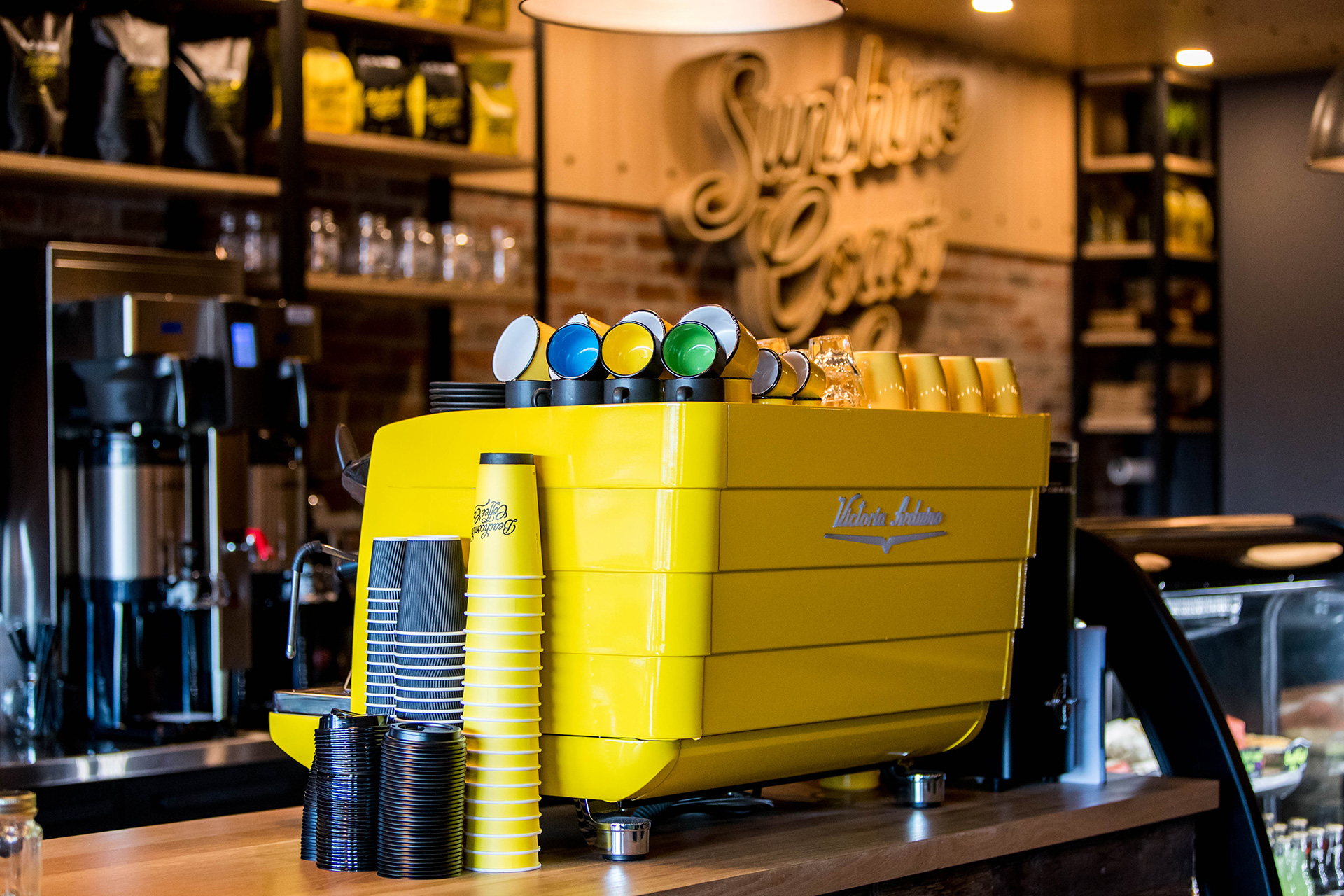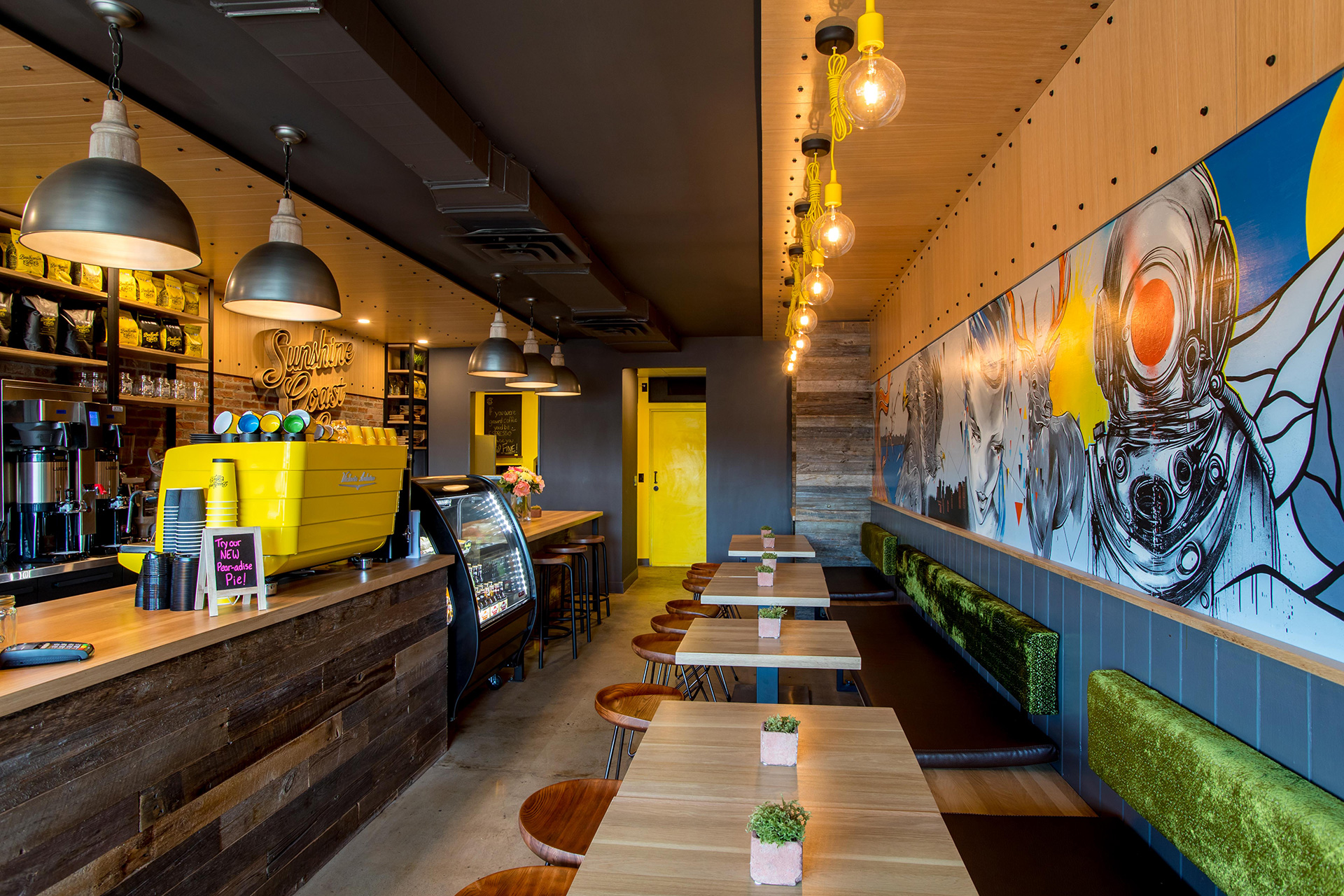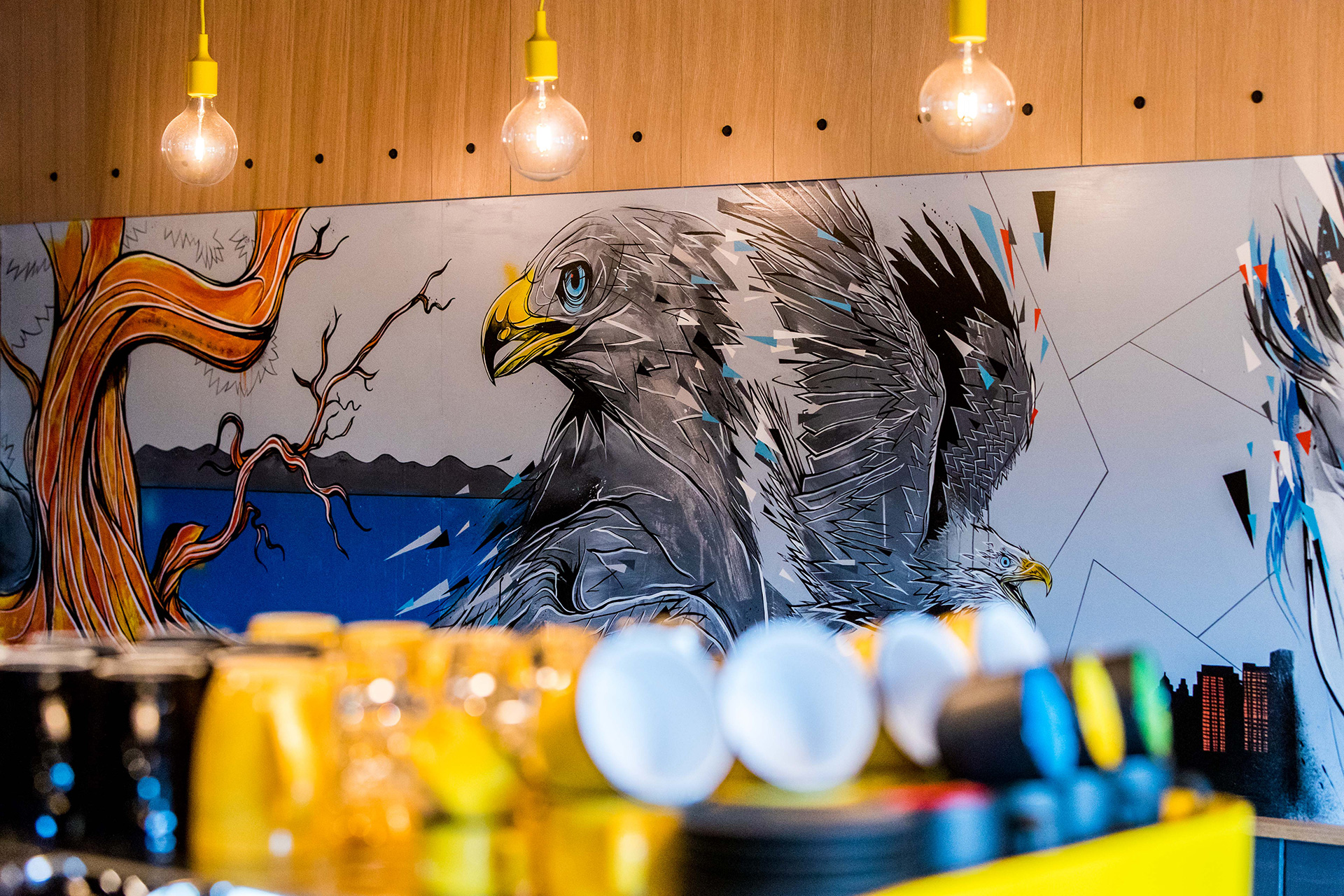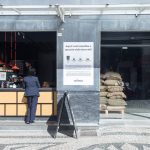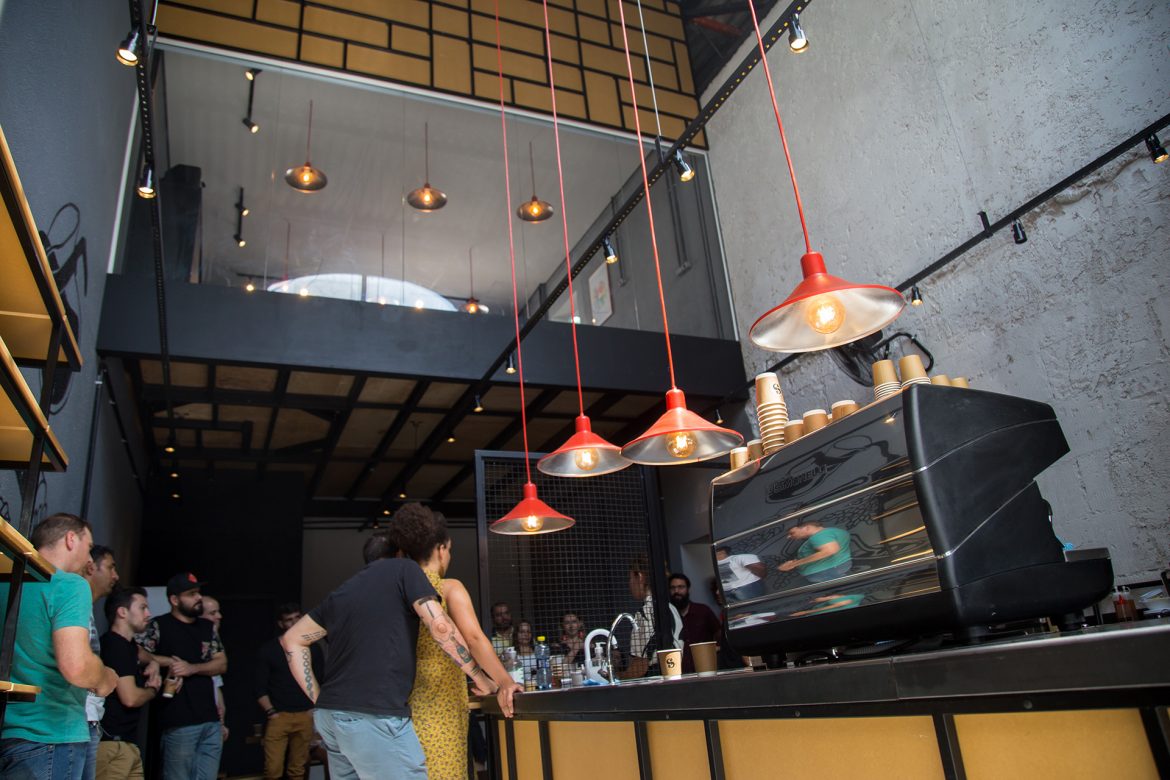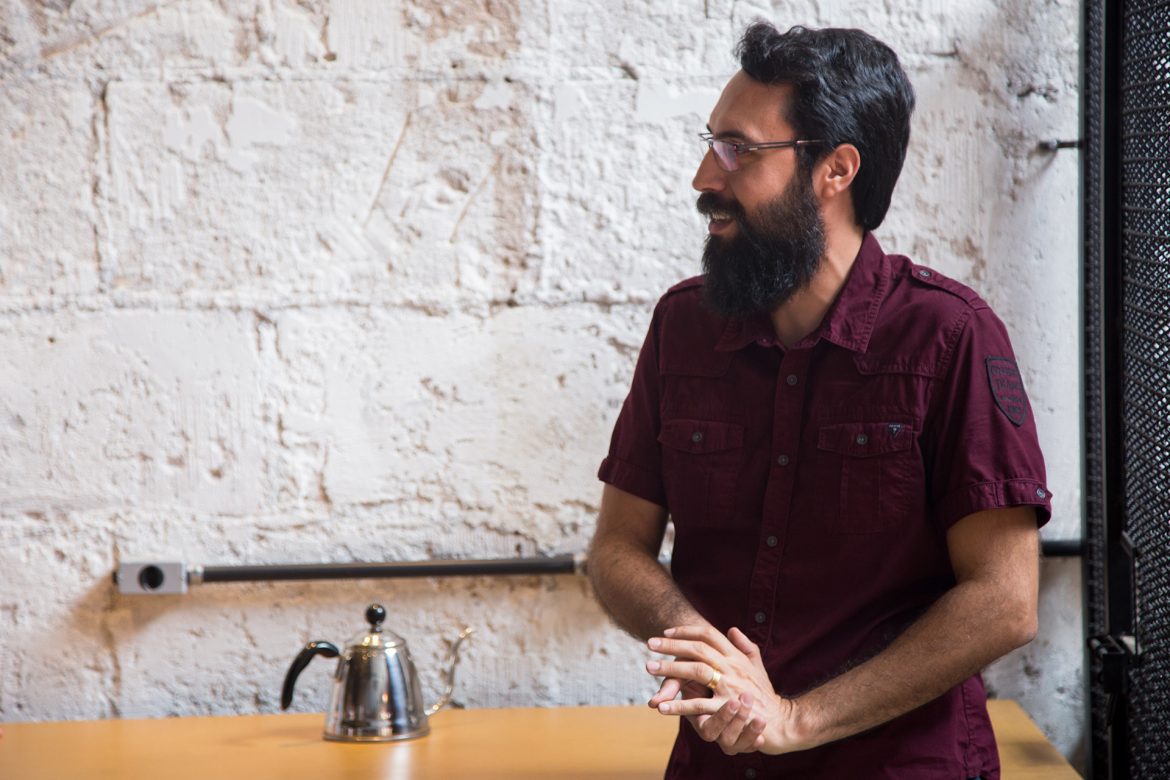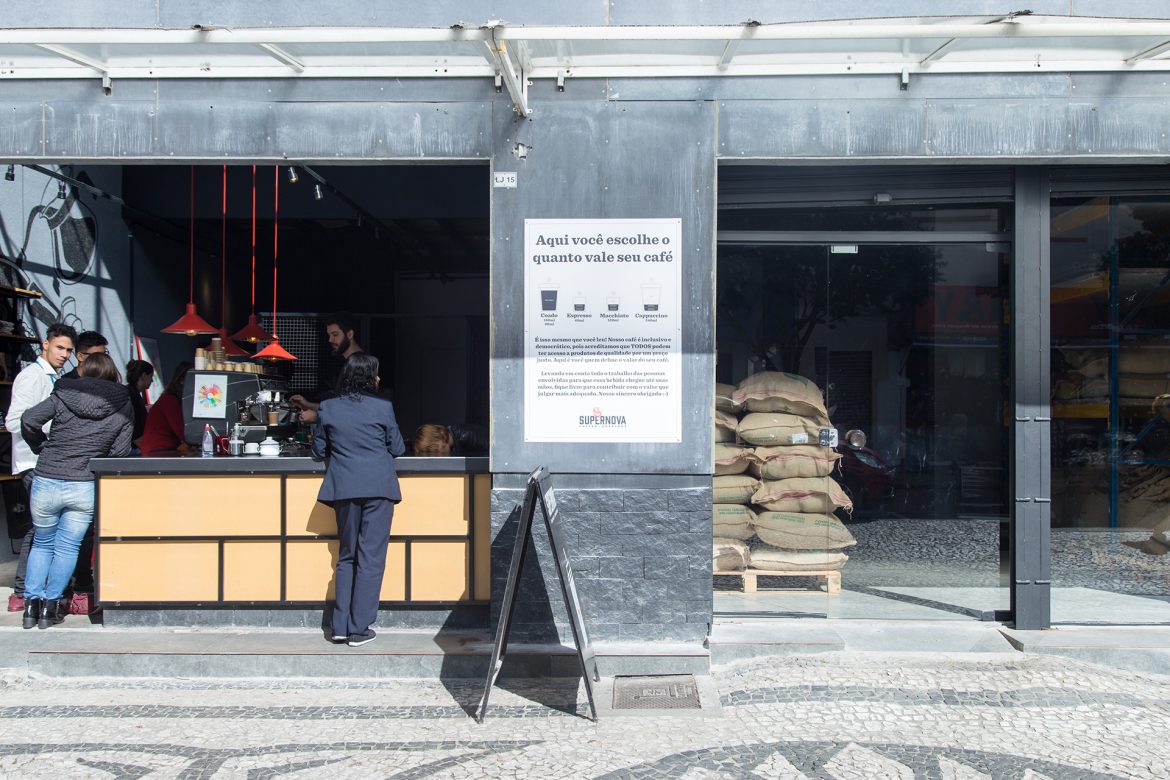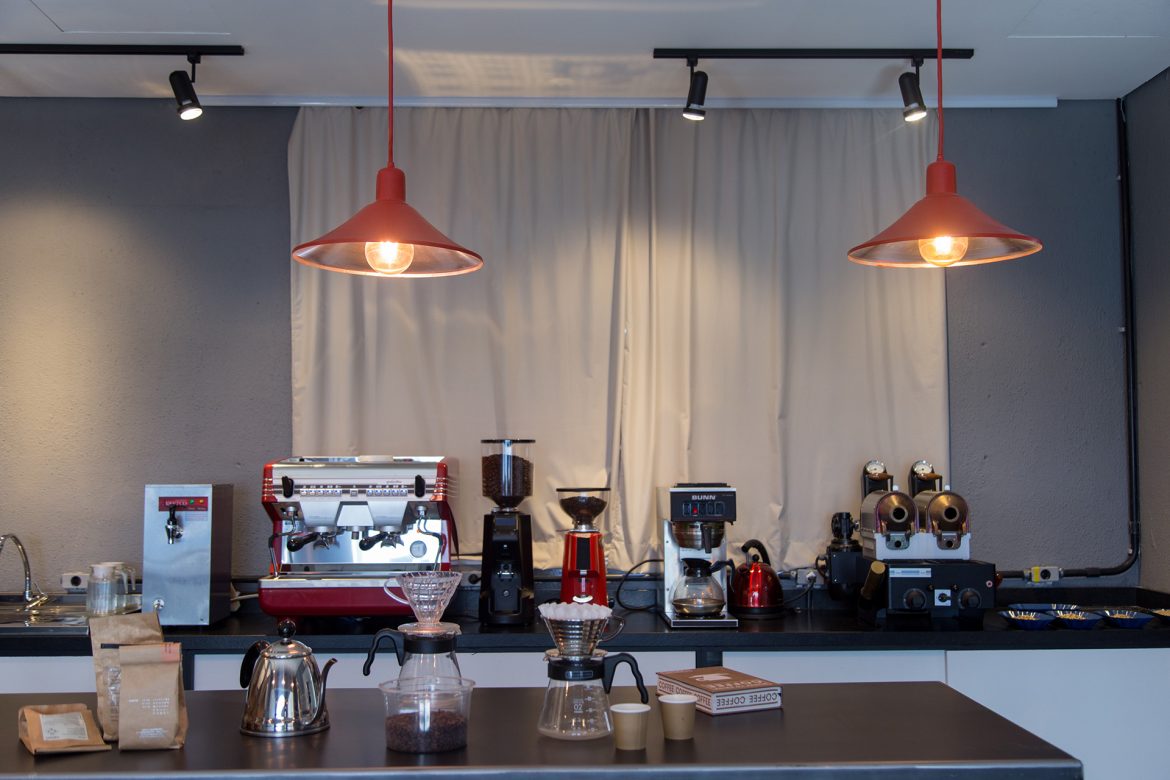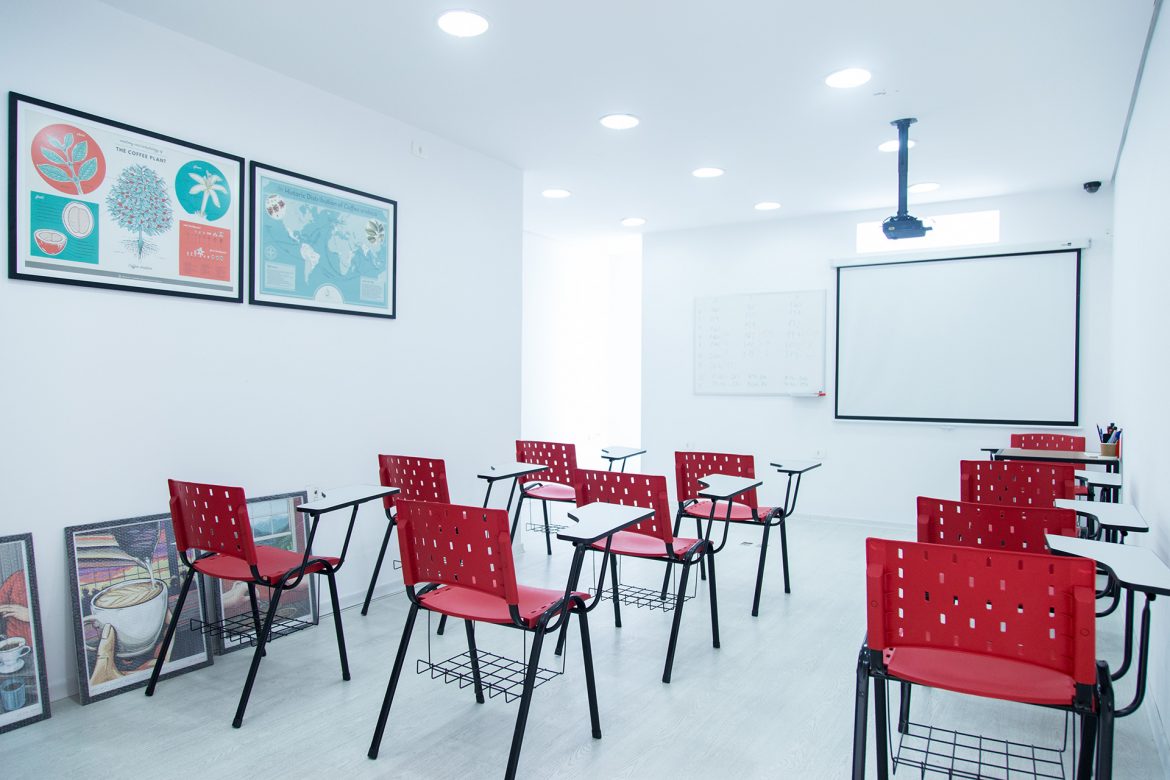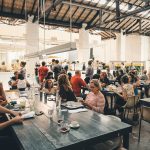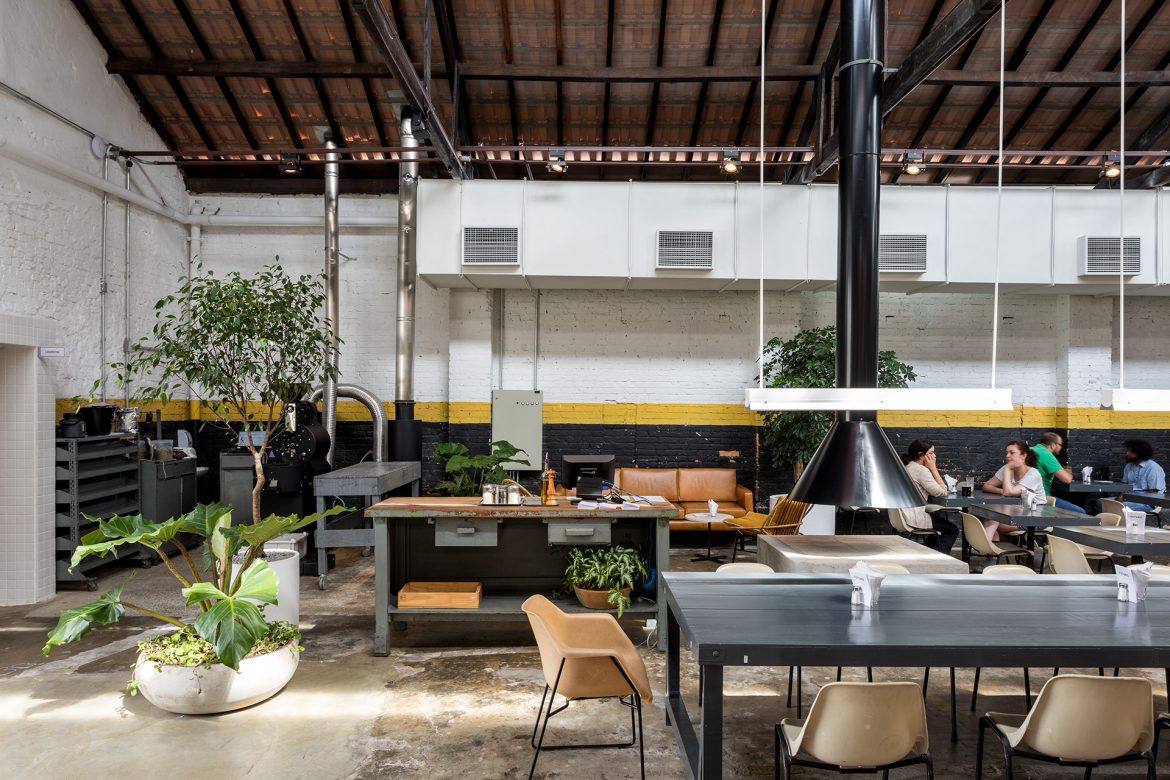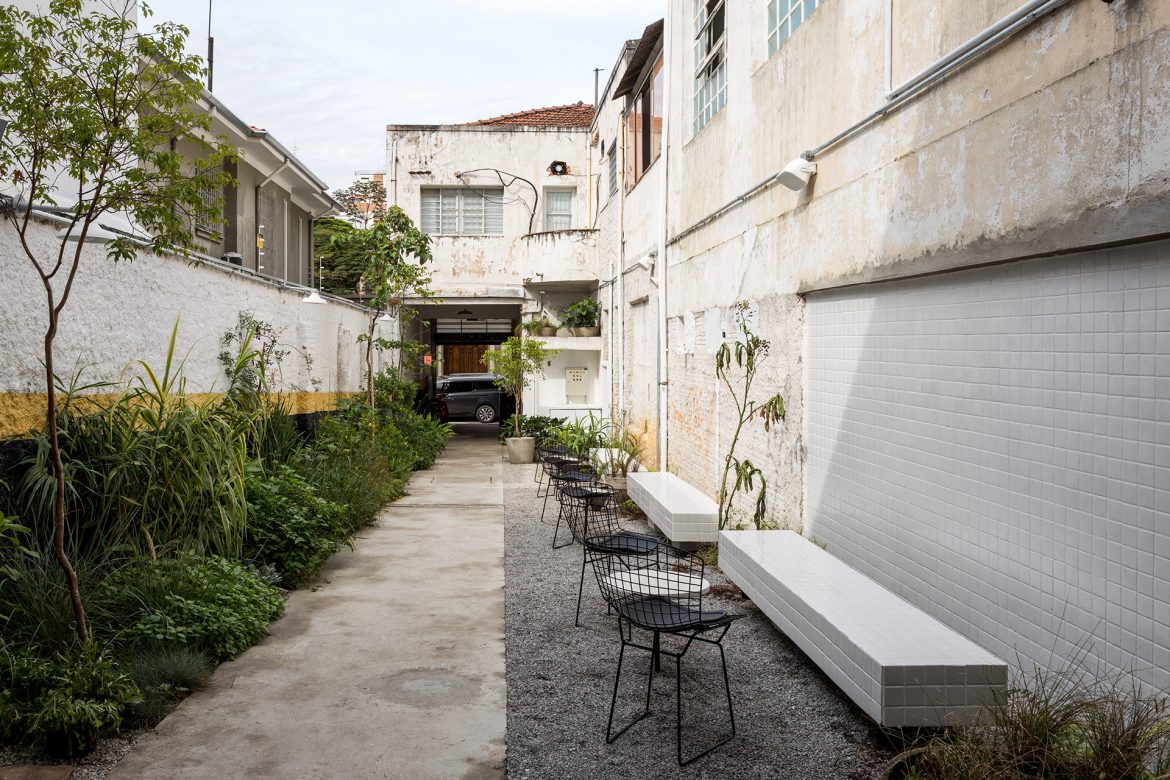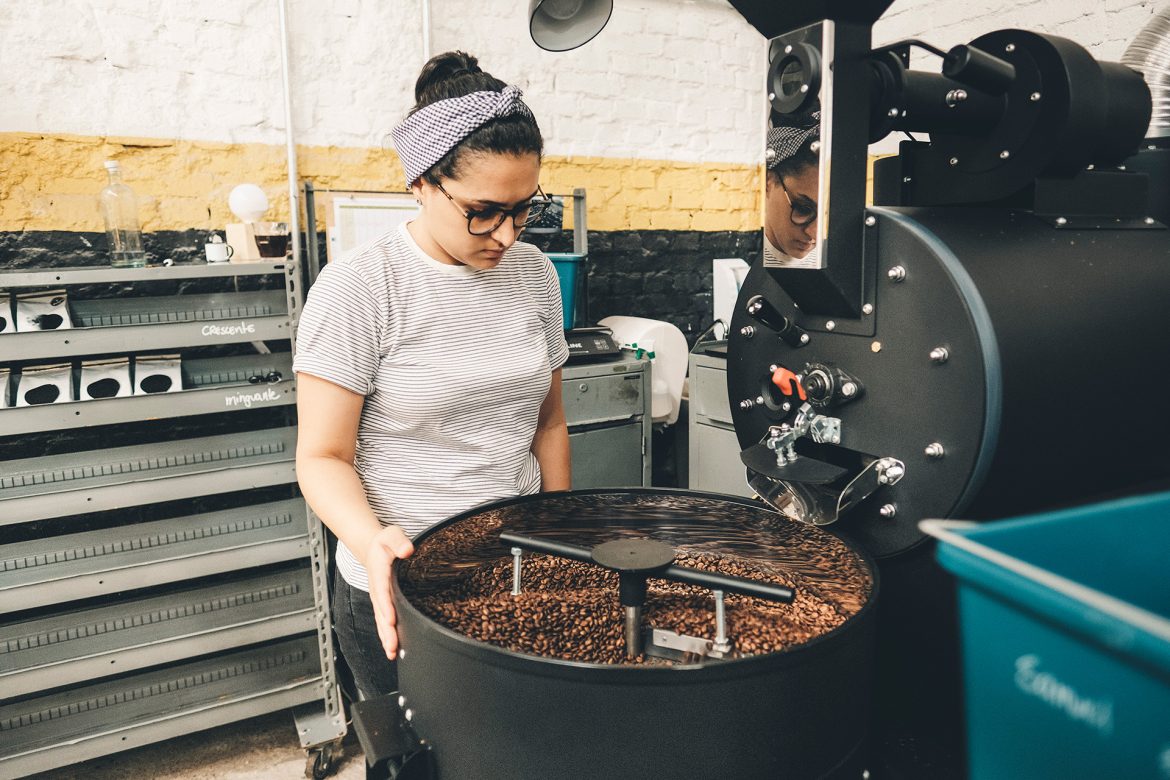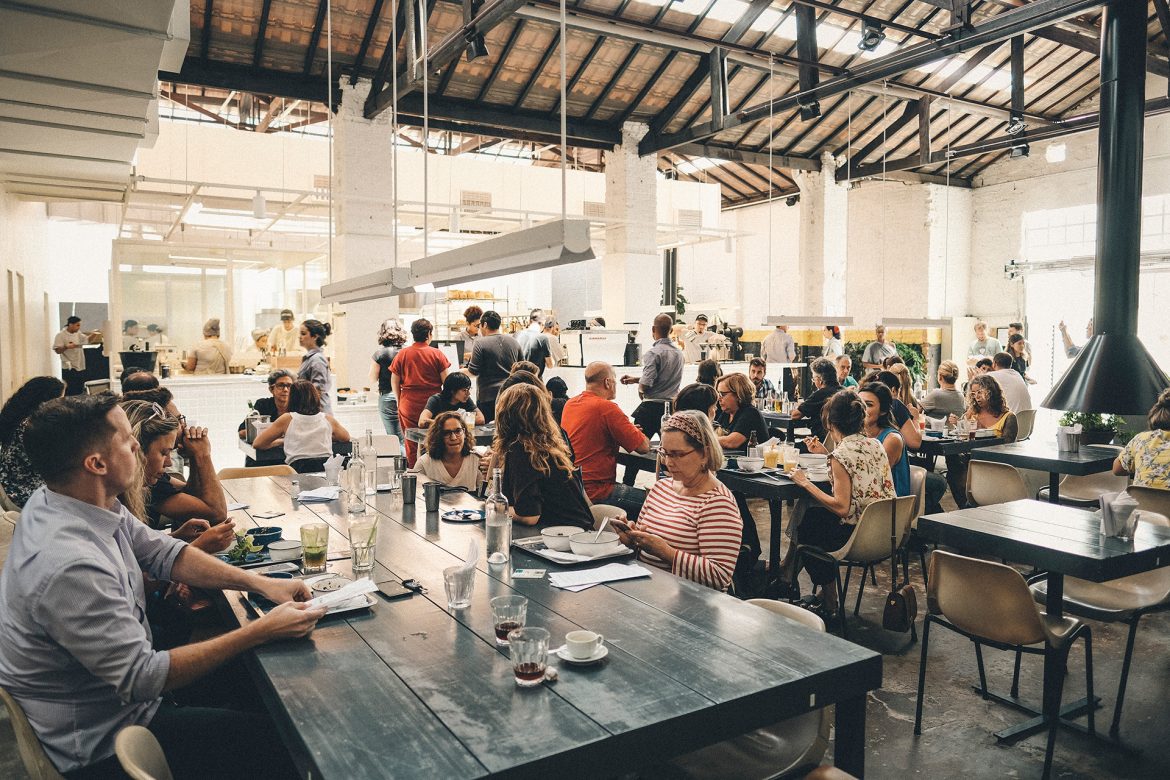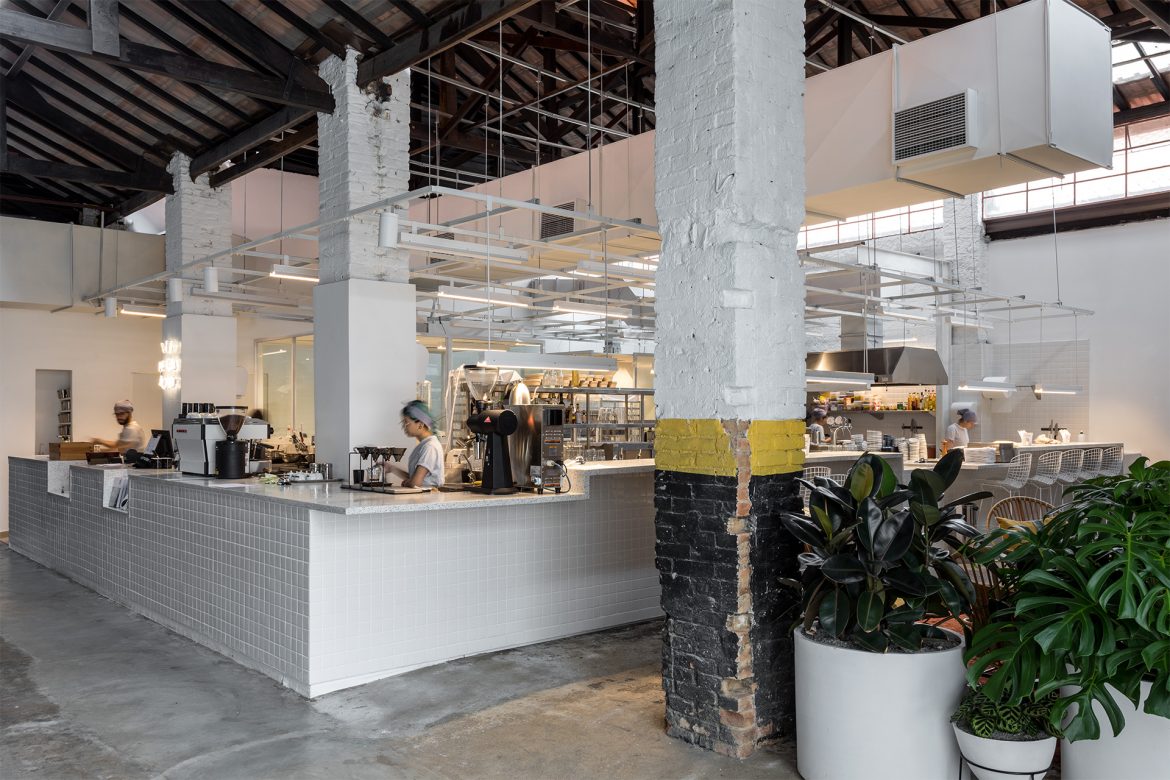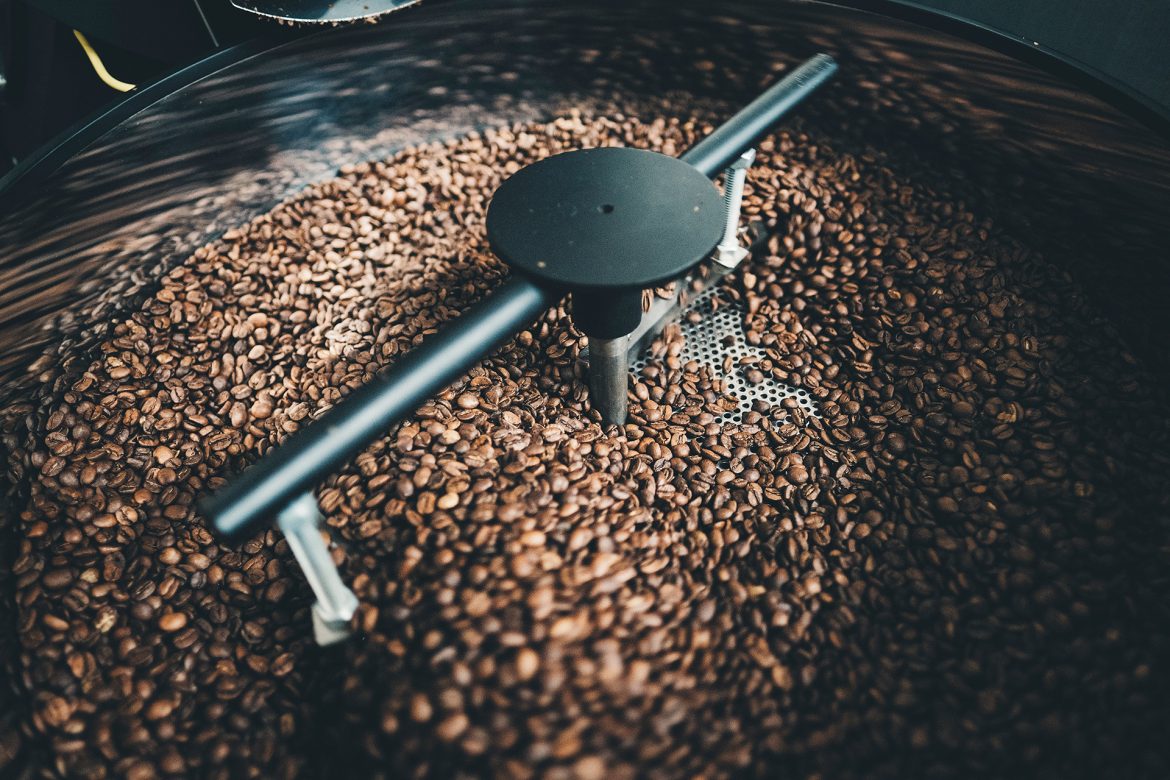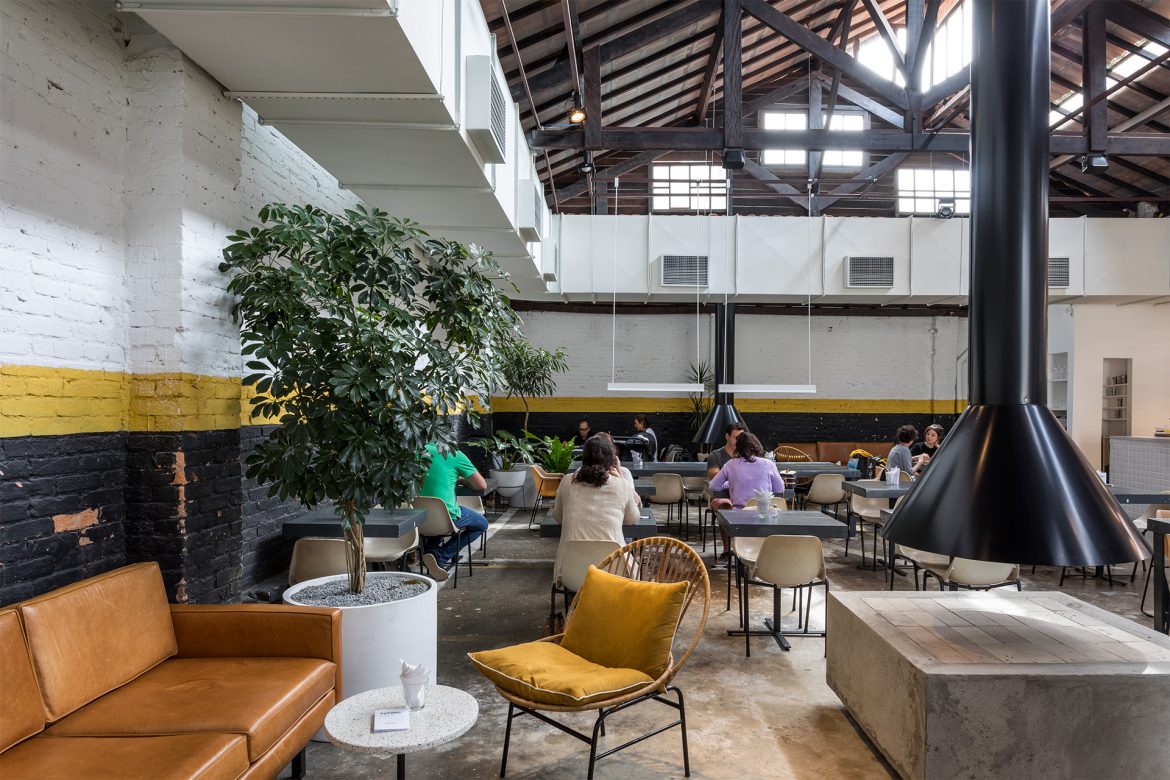Has estado soñando con abrir tu propia tostaduria artesanal y tener una vida llena de ese aroma delicioso de café, de cataciones de cafés especiales, decidir exactamente qué tipo de café quieres crear y ser pagado por ello.
Read this in English Roaster Life: How to Market YOUR Coffee and Define a Business Plan
Bienvenido a la parte final de nuestra serie sobre cómo hacerlo. Hemos respondido a preguntas básicas, hemos dado sugerencias sobre la elección de una tostadora, y ahora estamos listos para pensar en los más finos detalles de convertirse en un tostador de café de especialidad.
1. ¿Blend, Origen Único o Algo en Medio?
Si Hamlet hubiera sido un tostador de café, habría dicho algo así:
Mezclar o no mezclar, esa es la cuestión:
¿Qué acción es más noble para el alma entre aspirar al origen único, evitar las combinaciones genéricas y atraer el atractivo de una fortuna injusta, u oponerse a un mar de adversidades y dar fin a la atrevida resistencia, pues al hacerlo abrimos mentes a un buen café?
Sin embargo, también hay un aspecto práctico que debemos considerar (y seamos honestos, las cosas no resultaron demasiado bien para Hamlet al final).
Si te encuentras en una zona urbana importante, con un movimiento de la tercera ola en desarrollado, entonces puedes salirte con la tuya y ser un tostador de origen único exclusivamente. Todos los independientes que aparecen en las grandes ciudades regularmente buscarán tostar siempre algo único para poder diferenciarse. El modelo de origen único también debería funcionar de maravilla para las ventas en línea, los mercados y las ferias de alimentos.
 ¿Origen único o blend? Ambos pueden tener diferentes características particulares.
¿Origen único o blend? Ambos pueden tener diferentes características particulares.
Sin embargo, para muchos tostadores, la demanda del mercado probablemente no les deje más opción que ofrecer un par de blends. Hay muchas tiendas de café independientes que demandan un blend bueno, confiable y consistente que sea adecuado para la leche, y necesitas poder adaptarte a esto. Nos damos cuenta entonces, de que alrededor del 90% de nuestro negocio son mezclas.
También te puede interesar Cómo Convertirse en un Tostador Artesanal: Aspectos Básicos
Combinar cafés es un área enorme en sí misma, Así que prepárate para invertir mucho tiempo en el desarrollo de tus blends; estamos hablando de cataciones de muestras de otras mezclas que hayas ordenado; armar diferentes combinaciones de cafés; probar diferentes grados de tueste; y recibir comentarios de amigos, familiares y clientes potenciales.
 ¿Por qué no organizar una catación para amigos, familiares y amantes del café? Puedes obtener comentarios valiosos sobre tu tueste.
¿Por qué no organizar una catación para amigos, familiares y amantes del café? Puedes obtener comentarios valiosos sobre tu tueste.
Ofrecer un blend también tiene algunos inconvenientes. Necesitas asegurarte de que el sabor del mismo sea siempre constante. Esto. Significa que debes estar al tanto de las listas de ofertas de café y utilizar la investigación que hiciste en la parte 1 (lo hiciste, ¿No?) acerca del tiempo de las cosechas de café. También necesitarás hacer un compromiso económico para poder apartar tu café, tal vez con una anticipación de 12 meses. Esto no es para los débiles de corazón.
Ahora, hay un punto medio entre los tuestes de origen único y blends: los blends de temporada. Puedes rotar tres o cuatro blends diferentes en el transcurso de un año. Los blends de temporada se han vuelto cada vez más populares entre las tiendas, ya que hacen que tus ofertas se vean frescas, y tus clientes apreciarán esto. Además, puedes mantener tu contrato bajo control y así también satisfacer tus necesidades, tales como explorar diferentes cafés, que es tu labor.
2. ¿Cuál es Tu Estrategia de Mercadeo?
El apetito por el café de buena calidad continúa creciendo a nivel mundial. Esta es una gran noticia para los tostadores, pero también viene con una mayor competencia. Entonces, ¿Cómo te vas a diferenciar? ¿De dónde vendrán tus clientes? ¿Y cómo los persuadirás para que compren tu café?
En otras palabras, ¿A quién se dirige y cuál es tu USP o Propuesta Única de Venta?
Necesitas tener esto claro y transmitir un mensaje de manera uniforme a todos los medios, desde el principio. Por ejemplo: Bean Smitten se dedica a hacer que el café especial sea más accesible, tanto en casa como en cafés independientes. Ese es nuestro mensaje. Y lo que sea que elijas, se único, se firme y se apasionado. Haz las cosas bien y las personas se identificarán contigo y tu marca, obteniendo así esos seguidores leales que necesitas.
 ¿Cuál es tu marca? ¡Define tu mensaje y mantenlo!
¿Cuál es tu marca? ¡Define tu mensaje y mantenlo!
Permíteme enfatizar de nuevo una parte de lo anterior: sé consistente. Una vez des tu discurso, mantente fiel a este. Si afirmas hacer el mejor blend para espresso, será mejor que te asegures que realmente sea el mejor. Si usas café proveniente al 100% de una sola finca, entonces debes seleccionar tus cafés con mucho cuidado. De lo contrario, perderás esa autenticidad tan importante que buscan las personas.
3. ¿Te asociarás con un proveedor de máquinas de café espresso?
Una de las cosas que aprenderás desde el principio es la dificultad de venderle a una empresa que ya tiene un suministro de café establecido. Es muy probable que hayan comprado un paquete que incluía la máquina, el molino, el servicio y un contrato para el suministro de café.
Ahora, personalmente, no creo en que el cliente deba firmar un contrato para comprar tu café. En mi opinión, un tostador de café artesanal debe centrarse en el café y el cliente debe elegir quedarse con ese tostador porque el café es bueno y el servicio es insuperable. Sin embargo, trabajé en finanzas durante muchos años y sé que la realidad comercial puede ser bastante diferente, especialmente porque a las personas les gustan los “tratos”.
Pronto te darás cuenta de que debes enfocarte en los posibles dueños de cafés y tiendas cuando estén formulando sus planes. Si te asocias con un proveedor de máquinas, puedes ofrecerles el paquete completo que comprenda una máquina de café, servicio y el café como tal. Y si crees que van a vender mucho café, tal vez puedas darles un descuento sobre esa máquina.
 ¿Qué más quieres ofrecer? ¿O solo quieres concentrarte en tueste?
¿Qué más quieres ofrecer? ¿O solo quieres concentrarte en tueste?
Sin embargo, no es suficiente ofrecer sólo un paquete. Tiene que ser un paquete que pueda competir. Recuerda que las máquinas de café representan una gran inversión para el propietario de una tienda de café, por lo que explorarán todas las marcas y todas las opciones. Asegúrate de poder ofrecer alternativas como el arrendamiento con opción de compra o el alquiler.
Sin embargo, puede que pases mucho tiempo persiguiendo un trato que no va concluirse. Prepárate para eso y hazte la pregunta inevitable: ¿Habría sido mejor dedicar ese tiempo a la venta de café? Tendrás que sopesar esto por ti mismo.
4. ¿Cuál es Tu el Plan de Contingencia?
Al principio, tendrás que hacer todos los papeles: el de vendedor, controlador de producción, administrador, contador y diseñador web. Asegúrate de ser capaz y estar dispuesto a hacerlo. Pase lo que pase, habrá noches en vela y madrugadas.
Además, asegúrate de tener un plan -y- un plan de contingencia. Programa todas tus actividades. Gestiona bien tu tiempo para realizar todas las actividades del día (recuerda que puede haber 24 horas en un día pero no puedes trabajar durante la totalidad de ellas).
Y recuerda, tu tiempo es valioso. Debes trabajar en desarrollar tu negocio tanto como sea posible y de la manera más efectiva posible. Esto significa que debes saber cuánto tiempo vas a invertir en cada tarea.
Mi consejo para las primeras etapas es subcontratar al menos uno o dos aspectos. La clave para esto es elegir aquellas áreas en las que alguien más es claramente mejor que tú. Para mí, lo fueron el diseño y los asuntos tributarios. Luego, a medida que se desarrolla el negocio, puedes delegar más.
 Anota tu horario y asegúrate de estar respaldado en caso de que necesites que alguien más se haga cargo de él durante unos días. Crédito: kaboompics. com
Anota tu horario y asegúrate de estar respaldado en caso de que necesites que alguien más se haga cargo de él durante unos días. Crédito: kaboompics. com
Pon sobre la mesa algunos planes de contingencia, en caso de que te enfermes. Crea un archivo de emergencia que contenga toda la información importante y comienza a documentar tus tareas diarias en forma de notas de procedimiento o diagramas de flujo. Consigue a alguien más que esté entrenado para manipular la tostadora tan pronto como sea posible, y mantén una pequeña reserva de café por si la máquina deja de funcionar por unos días.
Finalmente, si vas a hacer esto solo, considera dar pequeños pasos en lugar de dar un salto grande. Evalúa si puedes comenzar tu tostaduria mientras continúas con tu antiguo trabajo; será agotador, pero te ofrecerá seguridad financiera y tranquilidad.
Sin embargo, si hemos hecho que esto parezca imposible, no te rindas. Con el apoyo adecuado de familiares, amigos y colegas, realmente podrás hacerlo.
Convertirse en un tostador de café es un sueño compartido por muchos de nosotros. La diferencia entre soñar y hacerlo es un poco de autoconfianza, mucha dedicación y una mucha preparación. Si bien nuestra serie de tres partes no cubrirá todo lo que necesitas saber, te ayudará a tomar decisiones importantes. Estarás informado, bien preparado y listo para enfrentar la mayoría de tus desafíos.
Así que, ¿Qué esperas?
¡Buena Suerte!
Escrito por D. Tickner de Bean Smitten y editado por T. Newton.
Traducido por Alejandra M. Hernández. Traducción editada por María José Parra.
¿Quieres Seguir Leyendo Artículos Como Este? ¡Suscríbete Aquí!
from RSSMix.com Mix ID 8200593 https://www.perfectdailygrind.com/2018/06/tostadores-como-comercializar-cafe-definir-un-plan-de-negocios/
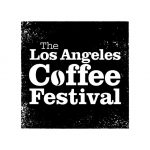
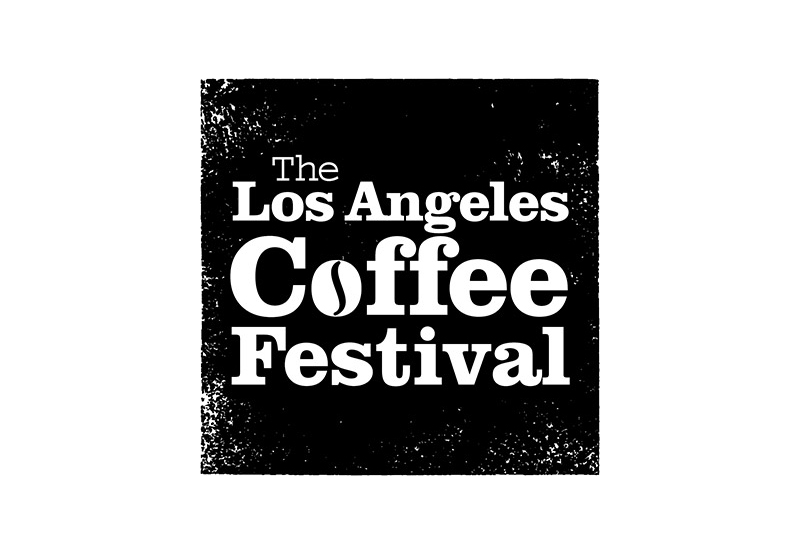
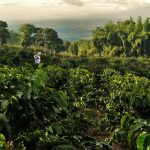
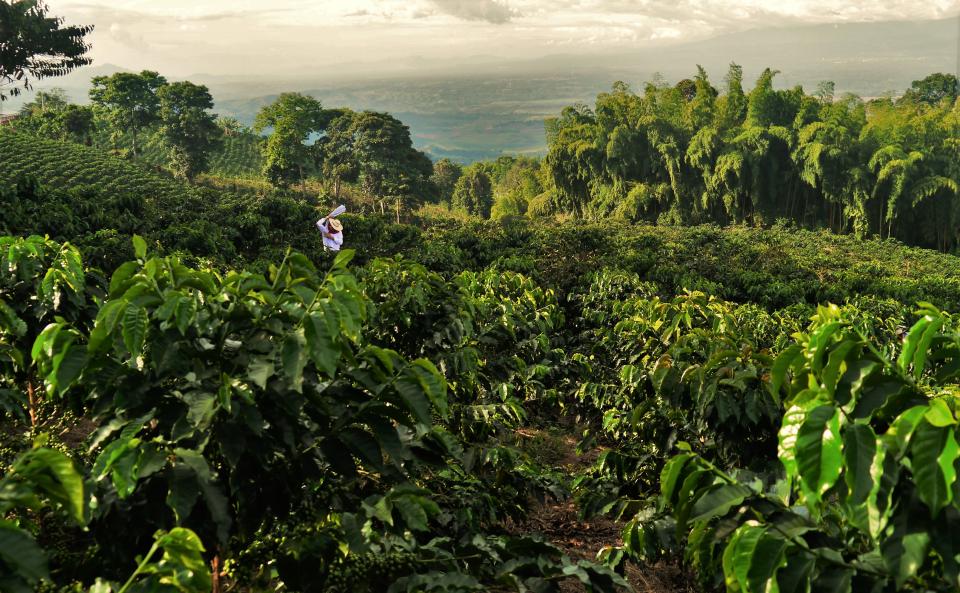
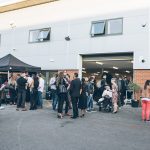
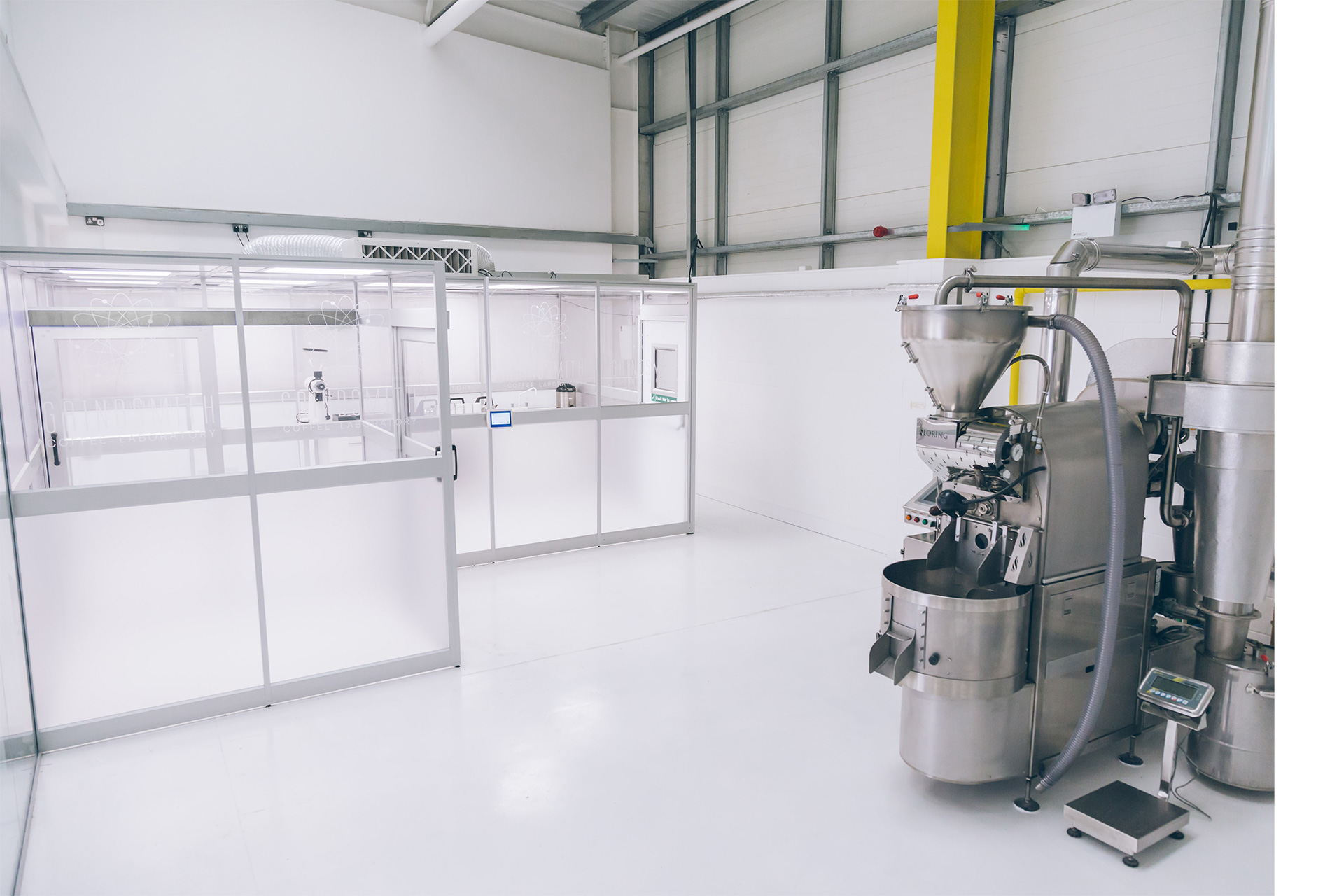
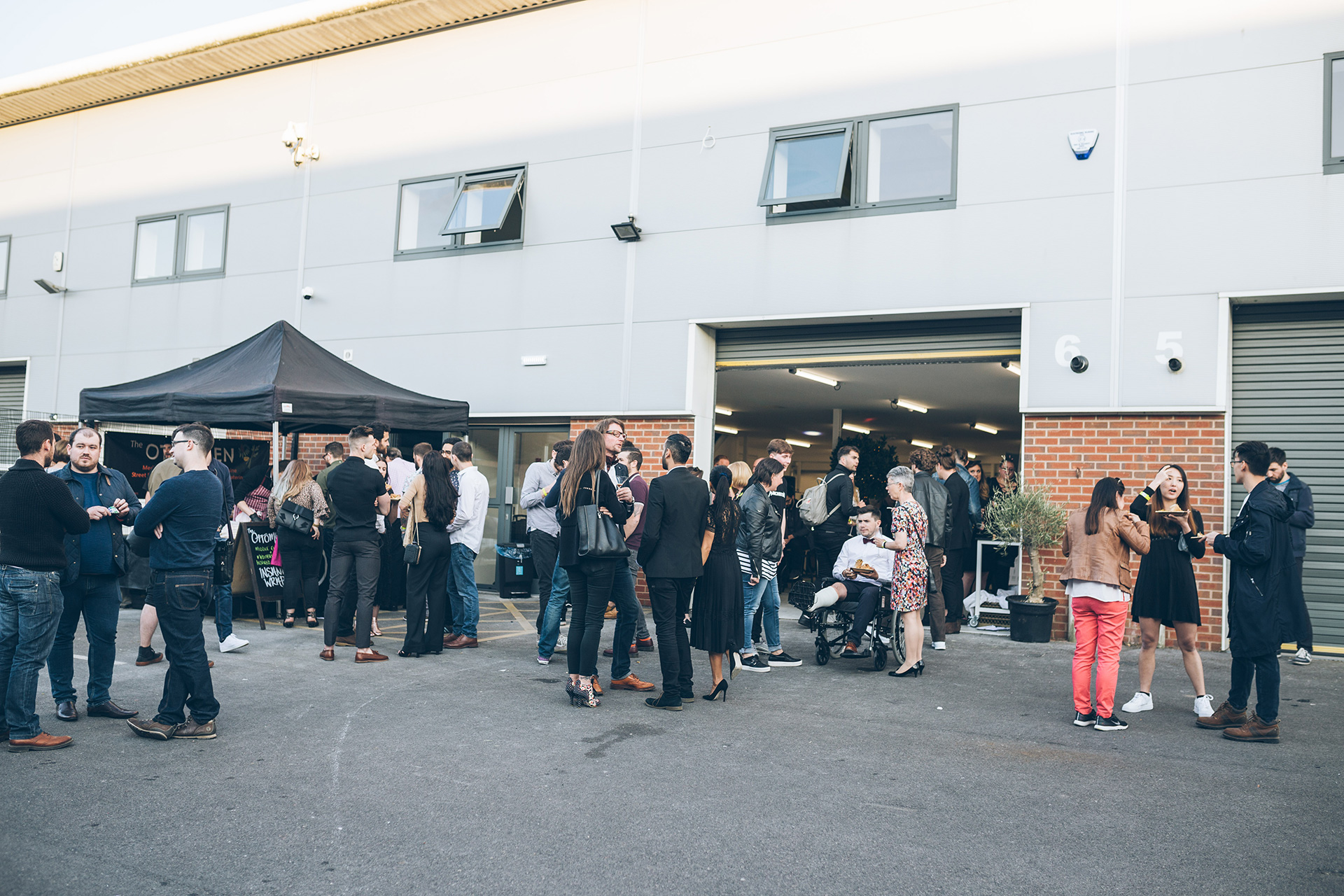
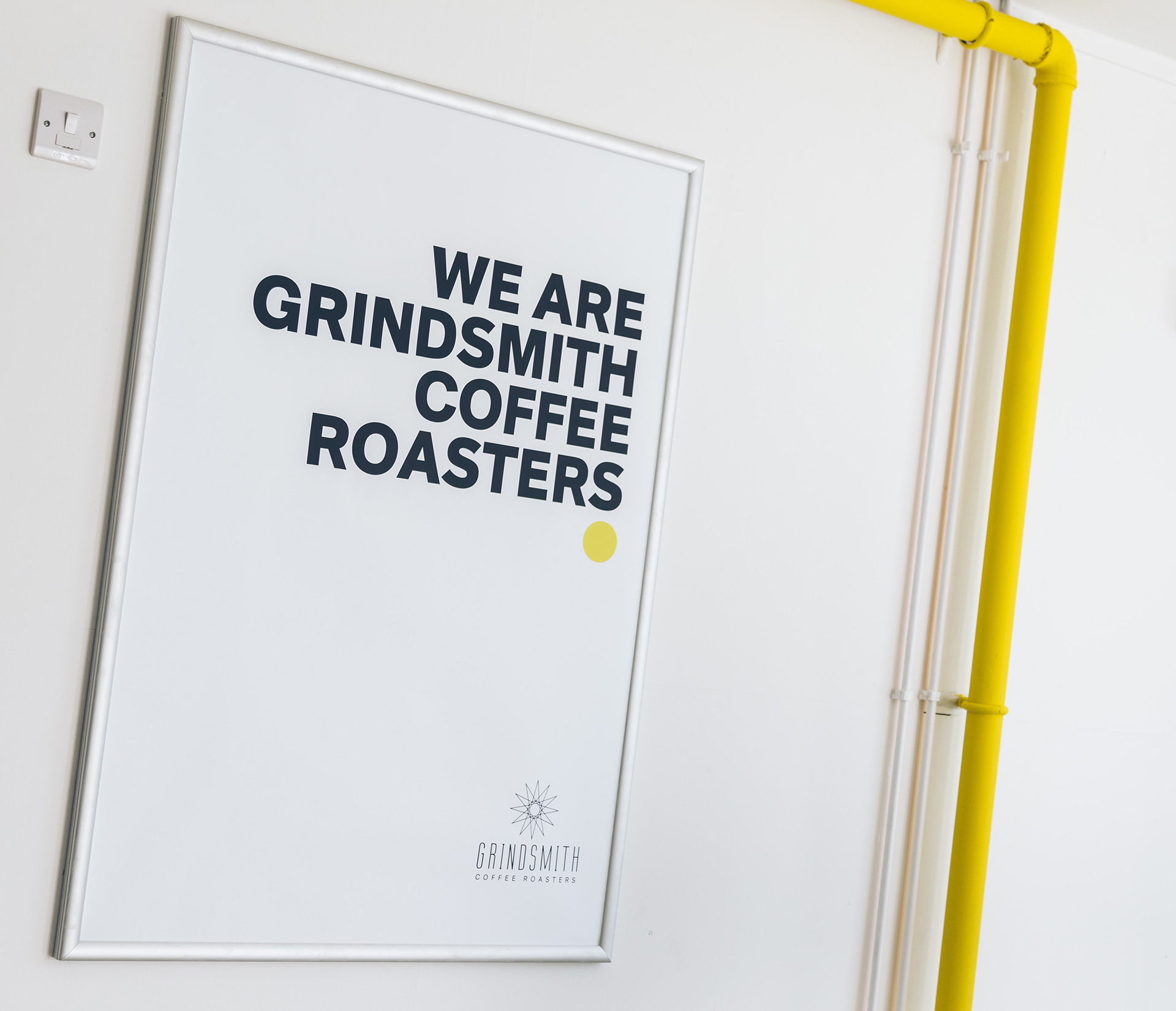








 ¿Por qué no organizar una catación para amigos, familiares y amantes del café?
¿Por qué no organizar una catación para amigos, familiares y amantes del café?


